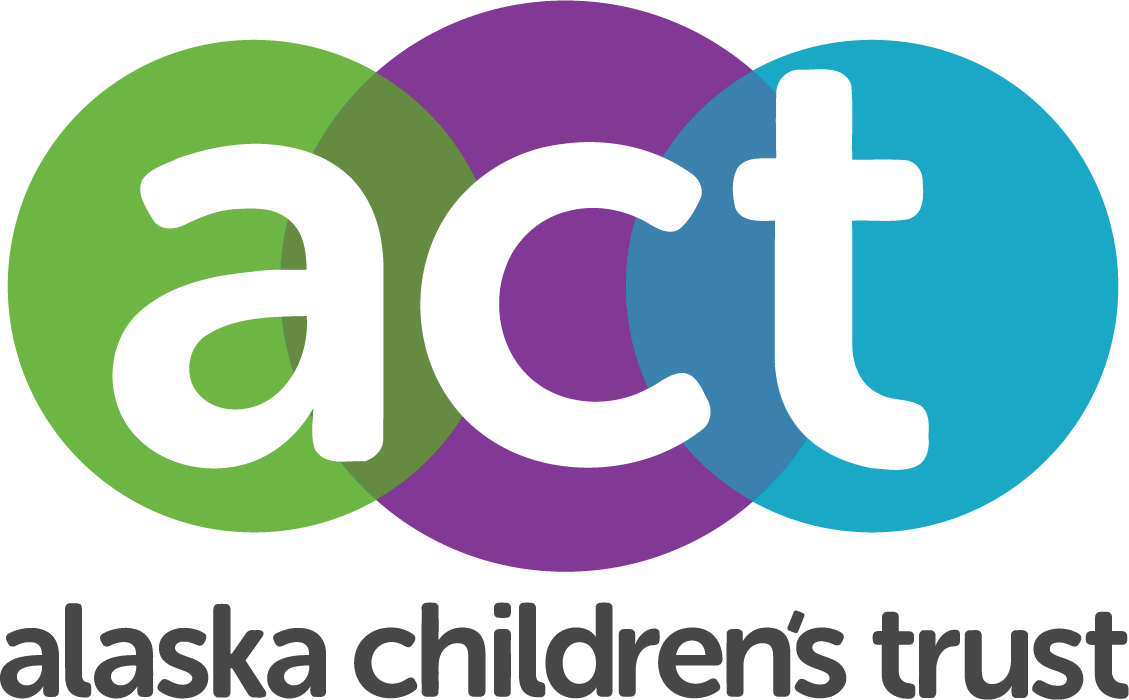From Foster Care to Forever Home
By Amanda Metivier, Executive Director of Facing Foster Care in Alaska
There are currently more than 2,800 children in foster care throughout Alaska. A record number only expected to increase. Being in foster care is overwhelming, exhausting, and comes with a lot of challenges. Even with all of the chaos, it still offers a sense of security and relief to those who have experienced abuse and neglect.
Jamie and her little buddy, Hannah. Jamie taught Hannah how to ski in 2013, and they have been friends since then. Both of these girls love to be up at Eaglecrest skiing/riding together!
18-year-old Jamie Yaletchko is the definition of resilient! Jamie recently aged-out of foster care in Juneau, Alaska. Jamie spent three years in the system, moved seven times, and had nine caseworkers, and nine counselors.
When asked to describe her time in the system, Jamie says, “It was difficult … when I first went into foster care I was separated from my three siblings, and removed from my best friend’s house. I was placed with two of my teachers, with a long-term goal of adoption. In the end it didn’t work out the way we had planned. Just after I turned 16, I went in to an ‘emergency placement,’ at the home of one of my siblings. I was excited to be close to my sister, even if for only a short time. I lived in the emergency placement for nearly a year. Then I was moved to Juneau’s Transitional Living Program (TLP).”
For many youth in foster care, as they get older, plans for adoption or a permanent family become less of a priority. Foster youth are expected to start acquiring life skills at age 16, to help them transition in to self-sufficient adults.
Jamie quickly learned she would need to start taking care of herself. She remained at TLP while attending Thunder Mountain High School, and worked three jobs. “My OCS (Office of Children’s Services) goal was no longer permanency, and I was just working hard to graduate and receive my diploma. TLP became a little bumpy for me with the rules, so I was moved to Cornerstone Emergency Shelter. I was in Cornerstone for two months. One day, I just refused to go back, so I was considered a ‘runaway.’”
Many foster youth end up being placed in emergency shelter care or residential programs when foster homes aren’t available. These programs can be challenging for teenagers as they are required to follow strict rules to meet child care licensing regulations and have limited access to family, friends, and the community.
“I was finally placed with my boss, who became a foster parent just for me! I lived with her and her husband for six months. Next, I moved in with my boyfriend until I aged-out of the system at 18.”
Jamie experienced a lot of transitions in just three short years, but never gave up on herself and her dream of being adopted. “Today, I am working hard on school, work, life, and I am currently in the process of being adopted by the Kasler family! They are also adopting my brother, who they are currently fostering. My brother, Joey, is 19. My little siblings, Jayelene and Jesse, live in Washington with our oldest sister, who is currently fostering them, but trying to adopt as well. In the end, we all ended with permanency. The way I see it, all of us have a forever home and a place to go; Joey and I of course can also always go to our sister’s house. My siblings and I have all had lots of different experiences between foster homes, families, and our experience/life in OCS.”
Alaska has just over 1,400 licensed foster homes, oftentimes making it difficult to keep large sibling groups intact. Jamie was separated from her siblings as they all moved between different foster homes. Throughout her journey in the system, Jamie advocated to maintain close relationships with her siblings and even graduated high school early. Today, Jamie continues to stay busy working as a clerk at the National Council on Alcoholism and Drug Dependence Juneau (NCADDJ), a barista for Heritage Coffee Co, and a ski instructor at EagleCrest. She’s also the Southeast regional representative for Facing Foster Care in Alaska, working to share her story and empowering others to do the same.
Amanda Metivier is a founding member and the executive director of Facing Foster Care in Alaska (FFCA). Amanda spent three years in Alaska’s foster care system before aging out. She is a foster parent, holds a bachelor’s and master’s in social work, and has been a longtime advocate for foster care reform. Amanda has worked for nearly 13 years to amplify the voices of foster care youth and alumni to promote systems change and create a community of support for current and former foster youth throughout the state.


